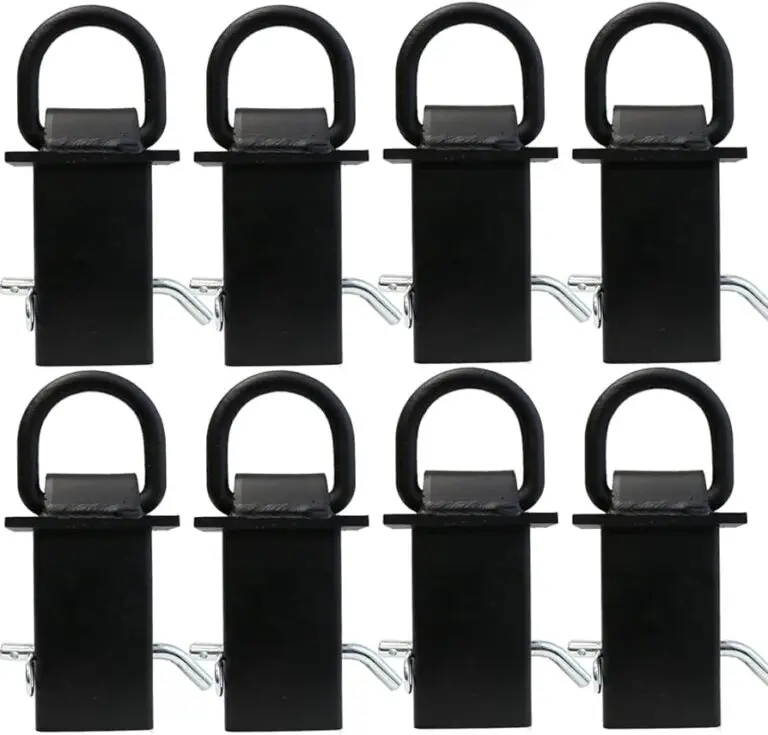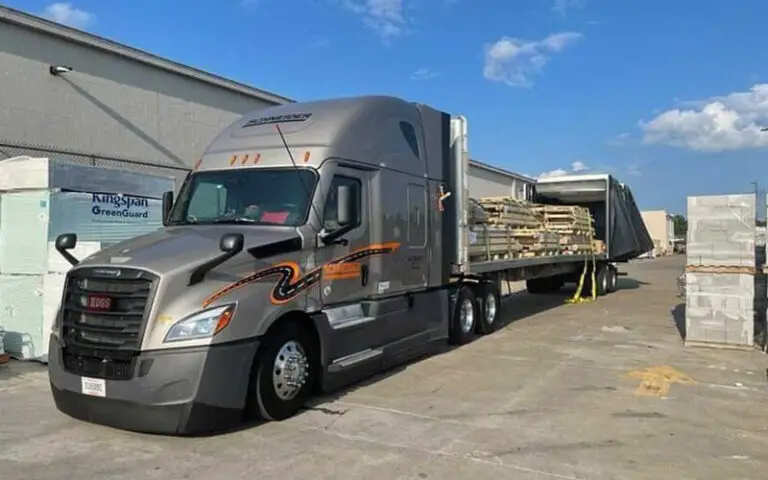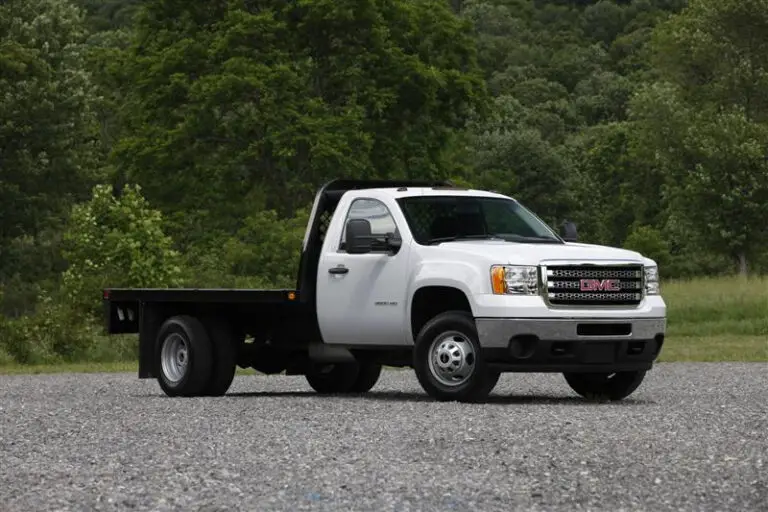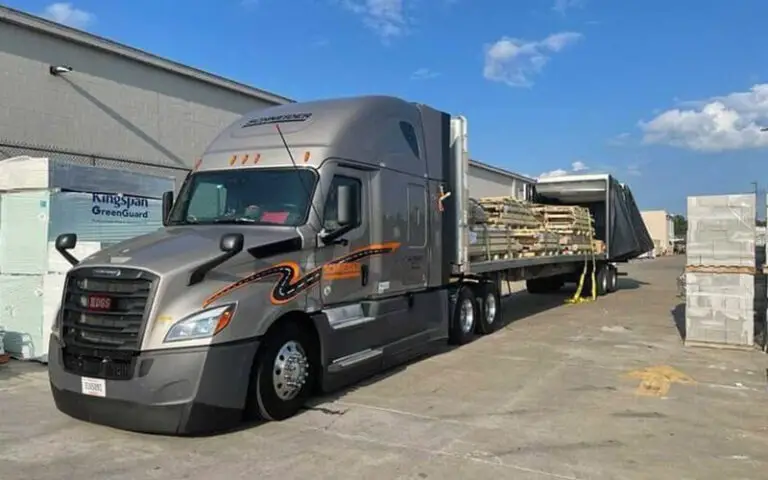
To strap down a load on a flatbed trailer, use ratchet straps and secure them tightly around the cargo at multiple points, ensuring even distribution of tension to prevent shifting during transit. Properly securing a load on a flatbed trailer is crucial for safe transportation and compliance with regulations.
Transporting goods on a flatbed trailer presents unique challenges, as the cargo is exposed to the elements and potential road hazards. Without appropriate strapping, the load could shift, leading to damage, accidents, and legal liabilities. This guide will provide clear and actionable steps for effectively securing different types of cargo on a flatbed trailer.
Whether you’re transporting equipment, machinery, or other heavy loads, implementing the right strapping techniques will ensure a secure and problem-free transport experience. By adhering to these best practices, you can safeguard your cargo, protect other road users, and uphold regulatory standards.
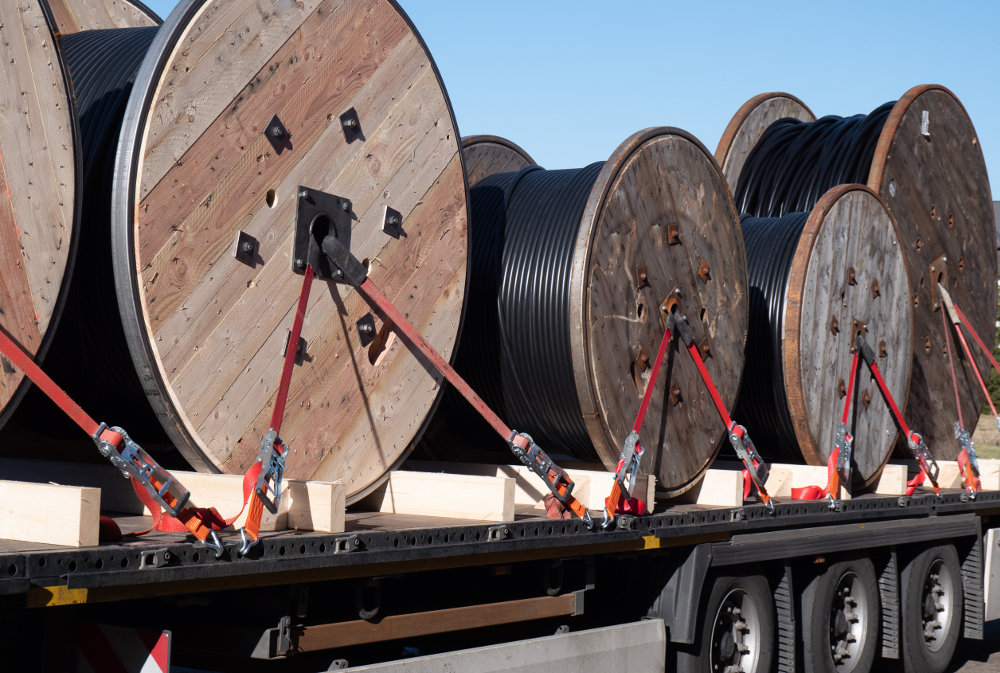
Credit: blog.blueinktech.com
Navigate As You Want:
Importance Of Strapping Down A Load
Importance of Strapping down a Load: Strapping down a load on a flatbed trailer is crucial for safety reasons. It prevents load shifting during transportation, reducing the risk of accidents or damage. When a load is not properly secured, it can easily slide or fall off the trailer, posing a threat to other drivers on the road. Strapping down a load ensures that it stays in place throughout the journey, even when encountering bumps or sudden stops. By using strong and durable straps, the load can be effectively restrained and protected from shifting. It is essential to properly distribute the straps across the load, ensuring that it is tightly secured from all angles. Regular checks and adjustments should be made during transportation to maintain the load’s stability and minimize risks.

Credit: www.myteeproducts.com
Choosing The Right Straps
The first consideration when choosing straps for a flatbed trailer load is the weight and size of the load. It is important to select straps that are suitable for the specific weight and dimensions of the items being transported. The material and width of the straps also play a crucial role in securing the load effectively. Heavy-duty materials such as polyester or nylon are commonly used for securing heavy loads. Additionally, the width of the straps should be chosen based on the weight and size of the load, ensuring that they provide sufficient strength and support. By carefully considering these factors, you can choose the right straps to securely strap down a load on a flatbed trailer.
Inspecting The Load And Trailer
Before strapping down a load on a flatbed trailer, it’s crucial to check load stability. Ensure that the load is evenly distributed and securely packed to prevent any shifting during transit. Additionally, it’s important to ensure trailer condition. Inspect the trailer for any signs of damage, including the flooring, rails, and tie-down points. Tighten any loose bolts or fixtures to guarantee the trailer is in optimal condition for transporting the load.
Properly Securing The Load
Securing a load on a flatbed trailer requires proper handling and ensuring the load stays in place throughout transportation. One essential aspect is to use appropriate anchor points to securely hold the load in position. It is crucial to select the correct tensioning method to maintain the load’s stability. Ensuring the load is evenly distributed and secured using straps or chains is vital. Regularly inspecting the tension and tightening any loose straps is necessary for a safe journey. Additionally, positioning the load in the center of the trailer can help with balance and reduce the risk of shifting during transit. Remember to follow the appropriate safety guidelines provided by experts in the industry to guarantee a well-secured load on a flatbed trailer.
Additional Safety Measures
Additional safety measures are essential when strapping down a load on a flatbed trailer. Using edge protection is highly recommended to prevent the straps from cutting into the cargo and damaging it. This can be achieved by placing soft padding or corner protectors on the edges of the load. It is important to ensure that the size and strength of the edge protectors match the weight and nature of the cargo being transported.
When securing exceptionally heavy or awkwardly shaped loads, it may be necessary to use additional restraints to provide extra stability. This can include using chains, ropes, or extra straps to secure the load from different angles. Inspecting the restraints regularly during transit to ensure they remain tight and intact is crucial to prevent any potential accidents or load shifting.
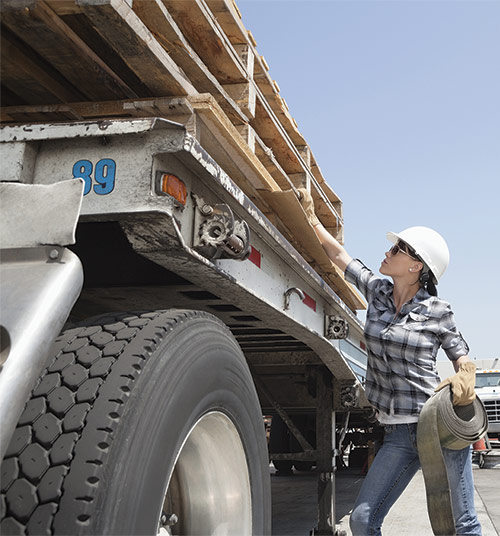
Credit: www.protectiveinsurance.com
Frequently Asked Questions Of How To Strap Down A Load On A Flatbed Trailer
How Do I Secure A Load On A Flatbed Trailer?
To secure a load on a flatbed trailer, use straps, chains, or binders to secure the cargo tightly. Distribute the weight evenly across the trailer, and make sure to tighten all the restraints. Double-check everything before hitting the road to ensure the load stays in place.
What Are The Best Straps For Securing A Load On A Flatbed Trailer?
The best straps for securing a load on a flatbed trailer are ratchet straps or cam buckle straps. These straps provide excellent tension and stay tightened during transit. Make sure to choose straps that meet the load’s weight and size requirements for safe and secure transport.
Why Is It Important To Secure A Load On A Flatbed Trailer?
Securing a load on a flatbed trailer is crucial for safety reasons. Properly securing the load prevents it from shifting or falling off during transportation, which can cause accidents, damage to the cargo, and endanger other drivers on the road.
Always take the time to secure your load correctly.
Conclusion
Strapping down a load on a flatbed trailer is vital for safe transportation. By following the steps outlined in this blog post, you can ensure that your load remains secure and stable throughout the journey. Remember to choose the appropriate straps, distribute the weight evenly, and regularly check the tension.
Taking these precautions will not only prevent accidents but also comply with regulations and maintain the integrity of your cargo. Keep your load secure, and enjoy a smooth and worry-free trip!
